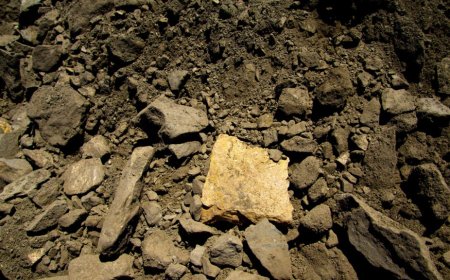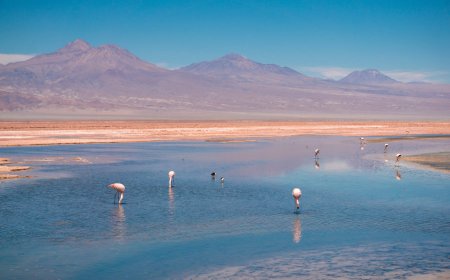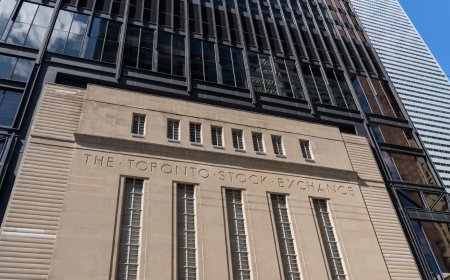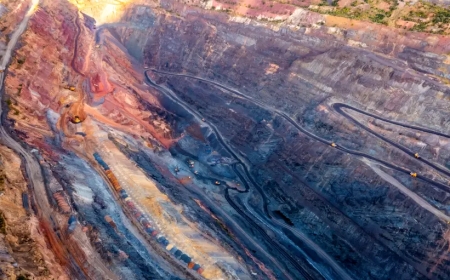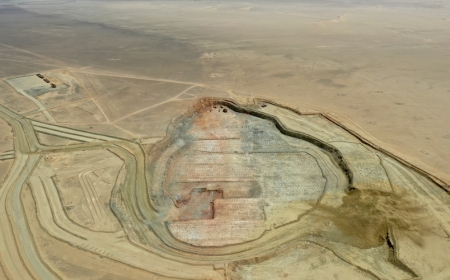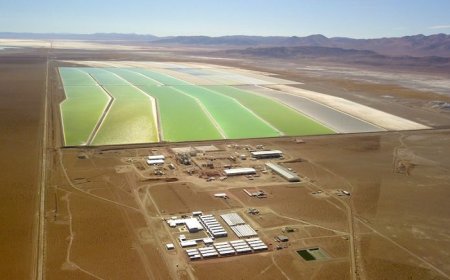New Found Gold drilling confirms high-grade at recently discovered K2 zone
New Found Gold (TSXV: NFG; NYSEA: NFGC) shares gained 5% on Monday on the release of new drill results from a program to expand the K2 Zone discovered in May at its flagship Queensway project in Newfoundland and Labrador.
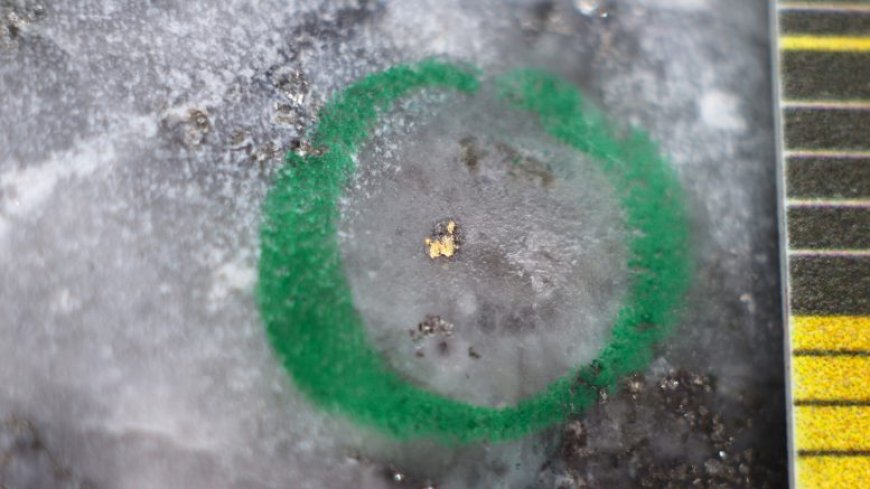

The company released results from 36 diamond drill holes as part of the program. Highlights included 198 grams gold per tonne over 2 metres in hole NFGC-22-952, 4.5 grams gold per tonne over 13 metres in NFGC-23-1303, 6.51 grams gold over 5.1 metres in NFGC-23-1387, and 13.7 grams gold per tonne over 3.9 metres in NFGC-23-1391.
Spanning 105 metres in strike length, the Stibnite vein features the antimony-bearing sulphide stibnite, marking a unique find within Queensway North. The vein returned an intercept of 4.5 grams gold per tonne over 13 metres in hole NFGC-23-1303.
The company says the reported holes on K2 have extended the mineralized footprint to 410 metres by 395 metres, with gold mineralization starting at surface and defined to a depth of 250 metres. Eleven holes returned no significant mineralization.
Gold mineralization is apparent from the surface to a depth of 250 metres.
The K2 Zone is 725 metres north of Lotto and 2.2 km north of Keats West on the west side of the Appleton Fault Zone (AFZ). The Queensway project covers an area of 1,662 sq. km and is 15 km west of Gander.
New Found also outlined a significant structure within K2, called the K2 Main, a fault zone that dips 40° to the south. It has a thickness averaging 65 metres.
The mineralization style at K2 involves stockwork and fault-fill style quartz veins. Many veins are predicted to reach the surface, requiring further drilling.
Laurentian Bank Securities Equity Research mining analyst Jacques Wortman wrote in a note to clients that the recent results from the K2 zone are a ‘slight positive.’

“We are encouraged by today’s results as they demonstrate that K2 hosts (high-grade) gold and provide a better sense of the zone’s characteristics. We’ve tabulated today’s results, which raised our average grade estimate and increased our conceptual ounce count to ~48,000 (from 45,000 ounces). Our risk-adjusted estimate of the contained inventory at Queensway North remains at ~4.39 million oz.”
Melissa Render, the VP of Exploration of New Found, highlighted the potential of the K2 zone, its similarities to Keats Main, and the complexity of its associated veins. She also mentioned the introduction of stibnite in K2, drawing a comparison to high-grade gold found at Agnico Eagle Mines’ (TSX: AEM; NYSE: AEM) Fosterville operation in Victoria, Australia, near high-grade epizonal gold zones.
Exploration aims to expand on the K2 zone, which is still open in all directions and depts. The company is conducting a 500,000-metre drill program at Queensway, with 39,400 metres of core pending assay results.
Recently, New Found said it was weighing taking Queensway into early production using the nearby gold processing facility held by Maritime Resources (TSXV: MAE). On Aug. 15, the companies entered into a memorandum of understanding that grants New Found the right to conduct due diligence and exclusivity to negotiate a toll milling agreement at the existing Pine Cove mill located at its Point Rousse project, which Maritime recently acquired from Signal Gold.
New Found’s Toronto-quoted shares gained 5% in trading Monday, trading at $6.14 just ahead of the closing bell. The stock has traded between $4.03 and $7.60 over the past 12 months, up 19%. It has a market capitalization of $1 billion.
